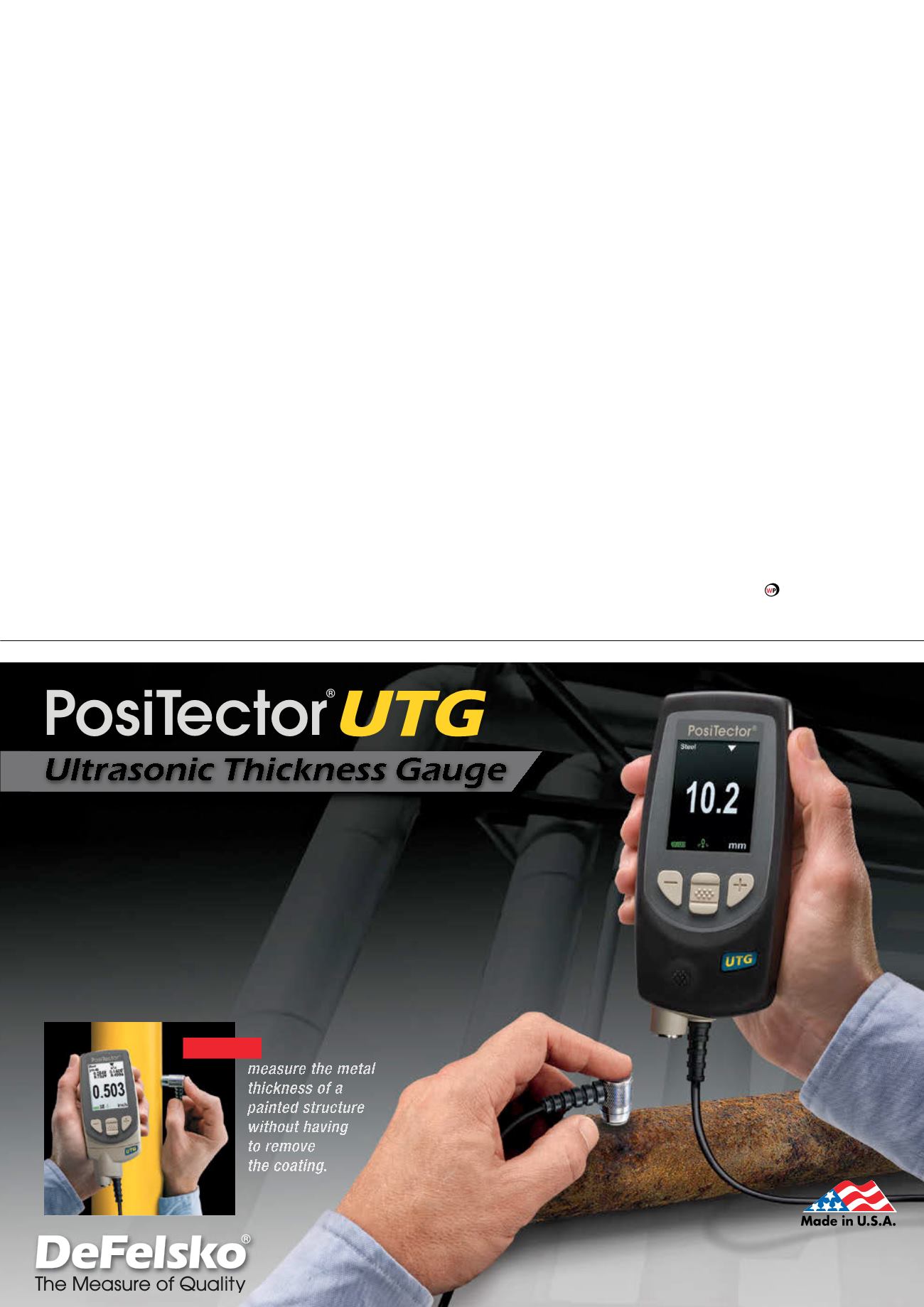
include temporary increased flowrate to flush out some
of the locally accumulated liquid or particles.
Pipeline intervention activities are typically actions related
to the external pipeline seabed interaction and support
conditions. Pipeline intervention is used to control thermal
axial expansion causing lateral or upheaval buckling, on-bottom
stability, protection against third party damage, to provide
thermal insulation, and/or to reduce free span length and gaps.
Typical means of intervention include:
)
)
Rock dumping.
)
)
Pipeline protections against third parties (mattresses, grout
bags, protection structures, gravel cover).
)
)
Trenching.
Pipeline repair is typically actions with the objective to
restore compliance with requirements related to functionality,
structural integrity, and/or pressure containment of the
pipeline system. The most suitable repair is dependent on
the extent and mechanism of the damage, pipe material, pipe
dimension, location of the damage, load conditions, pressure,
and temperature. The purpose of the repair is to restore the
pipeline safety level by reinforcing or replacing the damaged
section. A repair may be either temporary or permanent,
depending on the extent of the damage and method employed.
Below is a list of commonly used repair methods for subsea
pipelines:
)
)
The damaged portion of the pipe is cut out and a new
pipe spool is installed either by welding or by a mechanical
connector.
)
)
Local repair by installation of a repair clamp externally on the
pipeline.
)
)
Leaking flanges and couplings may be sealed by installing:
y
y
A seal clamp covering the leaking flange.
y
y
Installing a new coupling.
y
y
Increasing the bolt pre-load.
y
y
Replacing gaskets and seals.
Conclusion
While continuous operation of strategically critical subsea pipeline
assets is paramount, unplanned release and downtime can also
introduce adverse consequences related to the environment, public
safety, legal liability, regulatory scrutiny, and public relations.
A well-planned, dynamic and comprehensive IM plan is
proven to be a critical tool for the subsea operator to ensure safe,
continuous and extended operation of the asset.
DeFelsko Corporation
Ogdensburg, New York USA • Tel: +1-315-393-4450
Fax: +1-315-393-8471• Email:
Choose Standard or Advanced features and Corrosion or Thru-paint probe
Advanced models include A-scan, B-scan, and Screen Capture
All models include memory, statistics, USB
Accepts coating thickness, environmental and surface profile probes
UTG M
Thru-Paint models
Ideal for measuring wall thickness and the effects
of corrosion or erosion on pipes, tanks or any
structure where access is limited to one side.
33
m
74
k 28
c 33
m
74
k 28
w
33
m
28
c
28
w
Ultrasonic Thickness Gauge
UTG_Ad_210mmX146mm 1/15/16 10:21 AM Page 1


